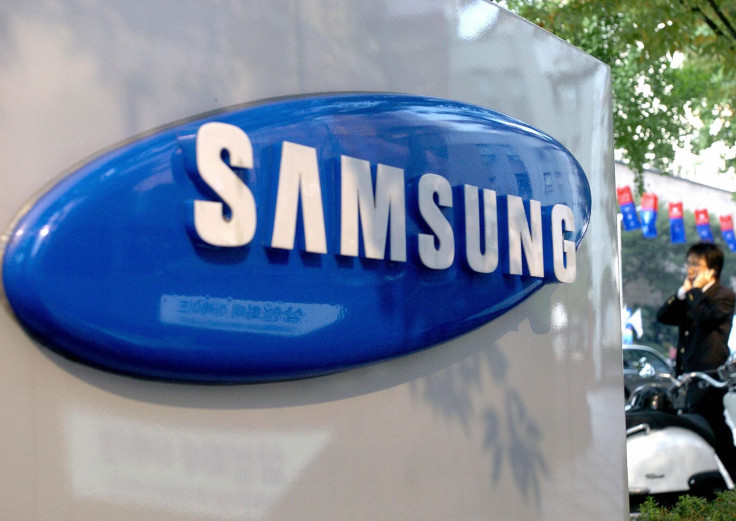Samsung's new TVs may last more than a century
The new QD-LED TVs will be built to last more than a million hours or 114 years.
Samsung is working to improve its OLED display technology. Its AMOLED technology is used not just by itself, but even tech giants such as Apple, but there may be something even better on the horizon.
The technology, comprised of self-illuminating pixels is being called QDLED (Quantum Dot LED). Traditionally, LCD tech relies on backlights illuminating the pixels, the new tech is endowed with self-illuminating pixels that don't need backlighting.
Samsung announced in October that it will be investing $11 billion by 2025 in a QDLED plant. The company had tried it in the past, but it had to abandon the project due to issues of burn-in. Now, they seemed to be solved by Samsung researchers, Dr. Eunjoo Jang and Dr. Yu-Ho Won in a research paper titled, "Highly efficient and stable InP/ZnSe/ZnS quantum dot light-emitting diodes," in the Nature journal on Wednesday.
The research stated that using the quantum dot technology, which relies on indium phosphide rather than cadmium used in traditional LCDs, TV screens may last up to a million hours of usage or 114 years viewed continuously. This compound improves the shell design, preventing oxidation and energy leaks.
"Thanks to Samsung's distinctive core material technology, we were able to work towards exploring the potentials of next-generation displays. Going forward, we are looking to expand the range of development of eco-friendly displays by adopting Quantum Dots in new structures," Dr. Jang stated in a press release on the Samsung website.
Samsung has 170 patents related to quantum dot displays.
Despite the investment and the research and development, don't expect quantum dot displays to be immediately available. The production is slated to begin sometime in 2021 and from then on, if the challenges of the technology are overcome, it is steadily expected to replace Samsung warhorse – the AMOLED display, that it has worked on since the launch of Samsung Galaxy S2 in 2011.

© Copyright IBTimes 2024. All rights reserved.





